How to Choose the Right LED Face Mask for Your Skin Concerns
As the beauty industry continues to evolve, LED face masks have made a noteworthy appearance, offering innovative, non-invasive solutions to various skin challenges. It’s fascinating how these brightly led masks, once reserved for expensive spa treatments, are now easily accessible for at-home skincare enthusiasts. What was previously considered a futuristic fad has become quite the staple in modern skincare regimens. However, not all LED face masks are created alike, and selecting the one that meets your specific skin concerns can be daunting. Whether you’re targeting acne, combating aging signs, or evening out hyperpigmentation, understanding the nuances of these masks can be your gateway to healthier, glowing skin. Read on to discover the essentials for choosing the right LED face mask tailored to your needs.
Understanding LED Light Therapy
LED light therapy has become a buzzword in the skincare community, owing to its ability to target a range of skin issues efficiently. Utilizing nan wavelengths of light, these devices penetrate the skin at varying depths to trigger beneficial rejuvenating processes. Notably, different colors of LED lights serve different purposes, making it vital to select the right hue or combination for your concerns. Red light is often lauded for its anti-aging benefits, enhancing collagen production and reducing fine lines. Meanwhile, blue light excels in treating acne by targeting the bacteria responsible for breakouts. Additionally, green light offers balancing properties, helping to combat hyperpigmentation and uneven skin tone. As more people adopt this technology, the importance of understanding its applications cannot be overstated.
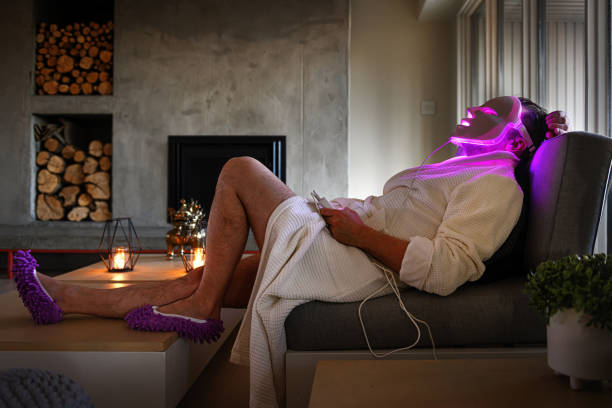
Identifying Your Skin Concerns
The first step in choosing an effective LED face mask is to clearly identify your skin concerns. Common issues such as persistent acne, signs of aging like fine lines and wrinkles, or areas of hyperpigmentation can all benefit from targeted light therapy. Consider making a list of your primary skin needs, perhaps by observing recent changes in your skin or consulting a dermatologist. This exercise not only helps in pinpointing the exact issues but also aids in selecting the most suitable LED light colors for treatment. Here is a quick guide to assist you:
- Acne: Opt for blue light to effectively target and reduce acne-causing bacteria.
- Anti-Aging: Red light can enhance collagen presence and elasticity.
- Hyperpigmentation: Green light helps to balance out skin tones.
Key Features to Consider
When diving into the purchase of an LED face mask, several features demand your attention. Brands vary greatly in terms of quality, so it’s important to research brand reputation and customer reviews. The variety and colors of light are also a significant factor, as each serves different skin functions. Adjustable intensity and settings are useful, allowing you to customize the treatment according to your skin’s tolerance and needs. Moreover, the mask should be comfortable and easy to use, as consistent application is key to seeing results. To illustrate, here’s a comprehensive table on the features to examine:
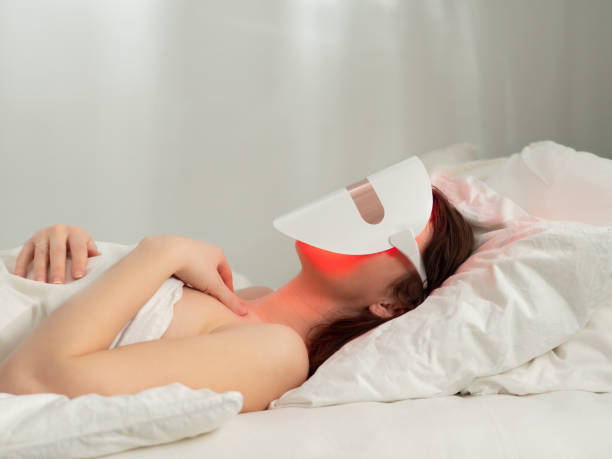
| Feature | Details to Consider |
|---|---|
| Quality | Look for reputable brands with positive reviews. |
| Light Types | Check if it offers multiple colors for versatility. |
| Intensity Settings | Adjustable settings for personalized treatments. |
| Usability | Ease of use and comfort during wear. |
These elements can dramatically influence the effectiveness of your LED face mask treatment. Features such as a timer or a wireless option add to the convenience, making it easier to regularly integrate into your skincare routine.
Different LED Light Colors and Their Benefits
Red Light
Red light is renowned for its anti-aging properties. Its primary function is to stimulate collagen production, which is crucial for maintaining skin elasticity and reducing the appearance of fine lines and wrinkles. By penetrating deeply into the skin layers, red light aids in the rejuvenation process and helps repair tissues. This makes it a preferred choice for those looking to intensely combat signs of aging without invasive procedures. Regular sessions can leave the skin feeling firmer and looking noticeably youthful over time.
Blue Light
For individuals struggling with acne, blue light offers a gentler, yet effective treatment option. It works by targeting and neutralizing the bacteria responsible for acne, reducing inflammation and future breakouts. Blue light therapy is especially beneficial for those with sensitive skin who may not respond well to traditional acne treatments. Consistent use can not only calm existing blemishes but also prevent new ones from forming, providing a clearer complexion.
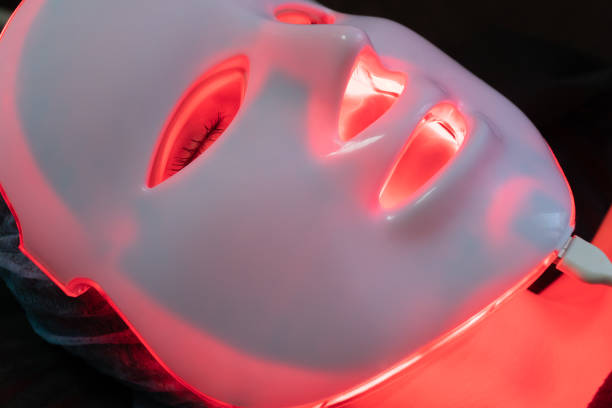
Green Light
Green light therapy focuses on areas of hyperpigmentation and uneven skin tone. Its calming effect can help reduce melanin production, which is a significant factor in pigmentation and age spots. By regularly applying green light, users may notice a more balanced complexion with reduced discoloration. This makes it an excellent addition for those seeking a more even skin tone without resorting to chemical-based treatments.
Budget Considerations
LED face masks come with a wide variety of price tags, catering to different budgets and needs. It’s essential to understand what your budget can afford in terms of quality and features. Here’s a range overview to help guide your decision:
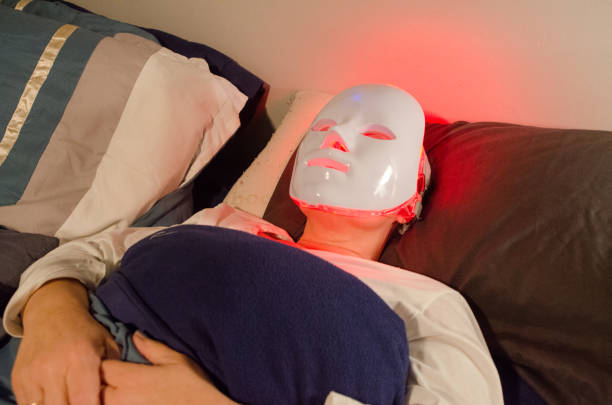
- Low Range ($50-$100): Basic models with fewer features and limited light options.
- Mid Range ($100-$300): Offers a good balance of price, quality, and feature variety.
- High Range ($300 and up): Advanced masks with extensive features, multiple light colors, and higher build quality.
While pricier models often come with additional features and durability, even budget-friendly options can deliver beneficial results. Evaluate what features matter most to you to ensure you’re investing wisely.
Safety and Side Effects
Safety is paramount when using an LED face mask. Generally, LED light therapy is considered safe for all skin types and does not pose a risk of harmful UV exposure. Even so, it’s pivotal to adhere to the manufacturer’s instructions regarding usage duration and frequency. Some users might experience mild side effects like redness or tightness, although these are typically temporary and minimal. If you notice persistent reactions, it’s wise to consult a dermatologist. Combining this therapy with other skincare treatments may yield enhanced results, but always ensure to do so under professional guidance to avoid any adverse reactions.
Conclusion
Choosing the right LED face mask is a step towards addressing your individual skin concerns with an advanced, yet friendly technology. Whether your primary issue is acne, aging, or uneven skin tones, understanding and selecting the suitable features can make all the difference in achieving radiant skin. By identifying key aspects such as light color suitability, device functionality, and budget considerations, you pave the way for enhanced skincare routines. As always, consistent use and attention to safety are necessary to experience the true potential of your investment. Embrace the science of LED lights and advance your skincare journey efficiently.
FAQ
- What is an LED face mask? An LED face mask is a device that uses light-emitting diodes to target various skin concerns through different wavelengths.
- How often should I use an LED face mask? It is generally recommended to use an LED face mask 3-5 times a week, but always follow the manufacturer’s instructions.
- Are LED face masks safe for all skin types? Yes, LED face masks are generally safe for all skin types, but it’s advisable to consult with a dermatologist if you have any specific skin conditions.
- Can I combine LED therapy with other skin treatments? Yes, LED therapy can usually be combined with other treatments, but consult a skincare professional for personalized advice.

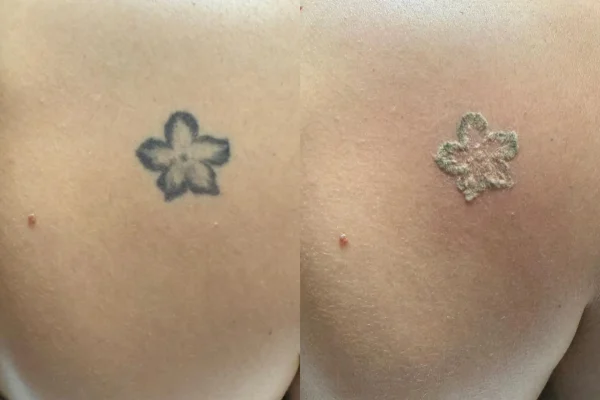

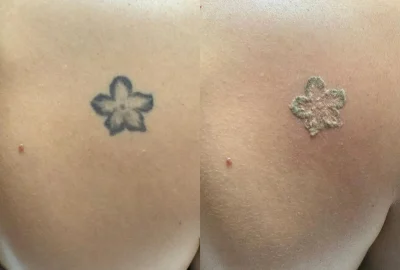
0